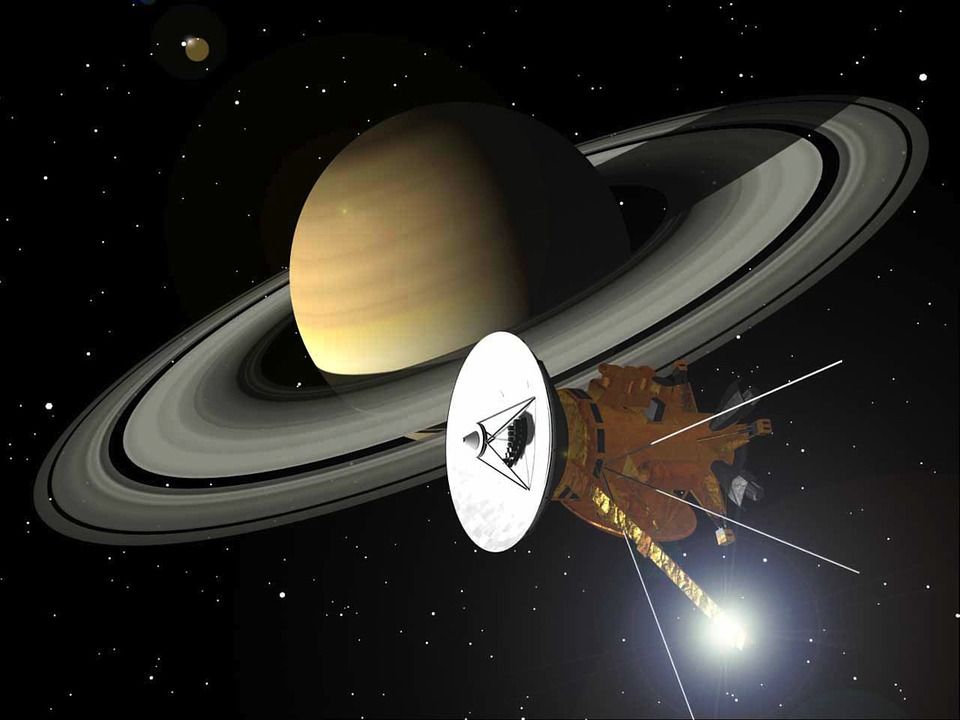NASA’s 20-year-old $4 billion probe to explore the mysterious of the cosmos by sending the Cassini spacecraft to the gas giant Saturn has finished in a fireball.
The Cassini probe, launched on October 15, 1997, ended its mammoth journey to the edge of the solar system on Friday, by being instructed by NASA to perform a death plunge into Saturn while capturing raw final measurements of the planet’s atmosphere and beaming them back to earth.
Earth received @CassiniSaturn’s final signal at 7:55am ET. Cassini is now part of the planet it studied. Thanks for the science #GrandFinale pic.twitter.com/YfSTeeqbz1
— NASA (@NASA) September 15, 2017
VOX reports:
“It’s been part of my life for so long, this spacecraft, it’s going to be a shock to have this happen,” says Thomas Burk, a JPL engineer who has been with the Cassini mission for decades, anticipating the moment Cassini goes offline. “It’s bittersweet in that regard. But it’s a really exciting ending. When we stop getting data, that will be the moment of truth.”
Cassini has made discoveries that have changed our understanding of Saturn and the cosmos at large. The spacecraft discovered whole new moons around Saturn, lakes of methane on Titan, and jets of water erupting from Enceladus, and has made extremely detailed observations of the planet’s rings, an environment believed to be similar to the rings of debris that formed the entire solar system.
But NASA’s final precious few moments with Cassini won’t be wasted. Through its very last moments, Cassini will be conducting a scientific investigation. As it descends into Saturn’s atmosphere, several of its instruments will be on, including the mass spectrometer, which can essentially “sniff” the atmosphere and determine the chemical compounds therein.
- One reason: to protect Saturn’s moons — including Enceladus and Titan, environments that could potentially harbor life — from contamination via Cassini debris.
- The Verge’s Loren Grush reports that when NASA engineers were considering options for ending the Cassini mission, eyes lit up when the idea for the “grand finale” was mentioned. “You should have seen the eyes of the scientists,” NASA’s Scott Edgington told her. “They were like kids in a candy store.”
- National Geographic has a very beautiful graphic feature charting Cassini’s path through the Saturn system these past 13 years in orbit.
- Be sure to learn about a few of Saturn’s moons, which are awesome. Enceladus, an ice world with an underground ocean, is one of the most likely places to find life in our solar system.
See Also: NASA Announce Mission To Visit The Sun
Cassini showed us the beauty of Saturn.
It revealed the best in us.
Now it’s up to us to keep exploring. pic.twitter.com/E4p1jOvFKf— CassiniSaturn (@CassiniSaturn) September 15, 2017

